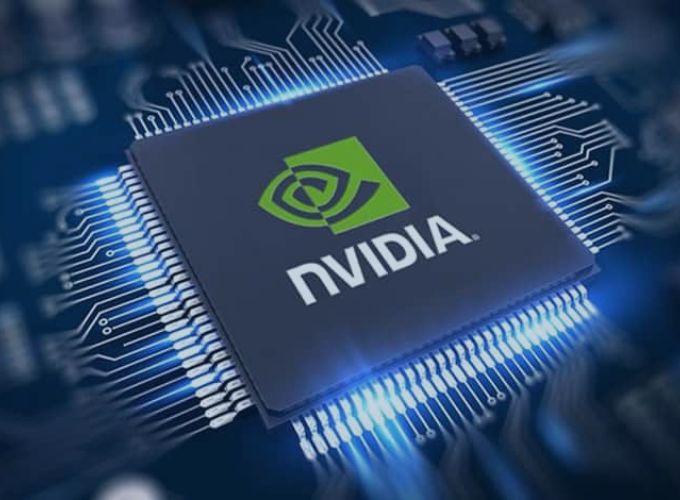Nvidia has once again delivered the kind of quarter that suggests the artificial intelligence economy is still in full expansion mode. The chipmaker’s latest financial results blew past expectations and offered fresh evidence that demand for AI infrastructure remains far from saturation, despite ongoing debate about whether the sector is entering bubble territory.
For its third quarter, Nvidia reported revenue of $57 billion, surpassing Wall Street’s already bullish forecast of $55 billion. The company’s data-centre business — now the core driver of its growth — brought in $51 billion, exceeding analyst projections of $49.3 billion. Earnings per share also edged past expectations, while Nvidia issued a stronger-than-expected revenue outlook of $65 billion for the coming quarter.
Investors reacted swiftly, with shares rising in after-hours trading as the company briefed analysts. The consensus across the Street was that Nvidia’s performance demonstrates continued momentum across the AI supply chain, even as some tech giants grapple with escalating investment costs.
Several analysts noted that concerns around inflated AI valuations and runaway spending appear overstated for now. The world’s largest technology firms are collectively expected to invest more than $400 billion in data-centre capacity, and Nvidia’s numbers suggest that appetite is still growing. While investors remain mindful of issues such as long-term capital expenditure, competitive pressure, and the sustainability of demand, the latest results have pushed those worries further down the road.
One theme that dominated discussion was the practical limits on how rapidly companies can scale. Some analysts highlighted structural constraints — including power availability and land capacity — that could eventually slow expansion. For the moment, however, those pressures have yet to dent orders.
Demand for Nvidia’s newest generation of chips, particularly its Blackwell architecture, remains intense. The company reiterated that it has “half a trillion” dollars’ worth of orders for Blackwell and Rubin chips through 2026 and expects that figure to increase as new customers enter the market. Nvidia emphasised that cloud providers are running at full utilisation across multiple chip generations, reflecting the breadth of AI workloads currently in development.
The ongoing debate over whether artificial intelligence is in bubble territory resurfaced during the earnings call. Nvidia stressed that the sector is still in the early stages of industrial-scale adoption, pointing to its role across the entire AI lifecycle — from model training to real-time inference. While some industry leaders have warned that frothy investment could lead to waste, others argue the shift represents the formation of a new infrastructure layer rather than a fleeting boom.
You Might Also Like

Latest Article
STMicroelectronics Malta Secures Gold At Malta Business Awards For Its Clean-Tech Transformation
STMicroelectronics Malta has been recognised with the Gold Award in the Business Leader in Energy and Water Sustainability category at this year’s Malta Business Awards, underscoring its long-standing commitment to responsible and efficient manufacturing. As the country’s largest private employer, the company has spent more than three decades embedding sustainability into its operations, guided by … Continued
|
20 November 2025
Written by MeetInc.

Nvidia Shatters Expectations And Puts The AI Bubble Talk On Ice
|
20 November 2025
Written by MeetInc.

Malta Venture Capital Association Joins Global Private Investment Body
|
19 November 2025
Written by MeetInc.










